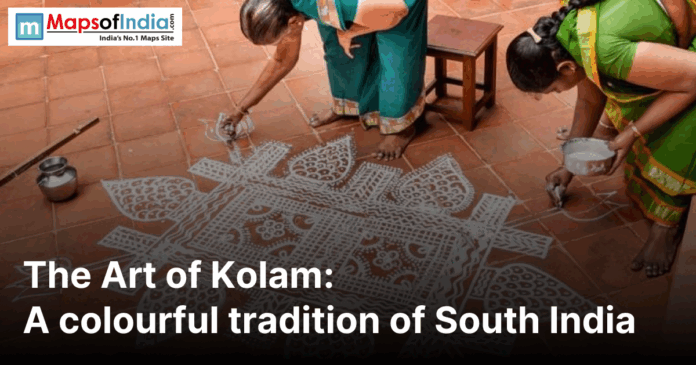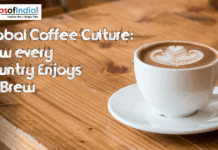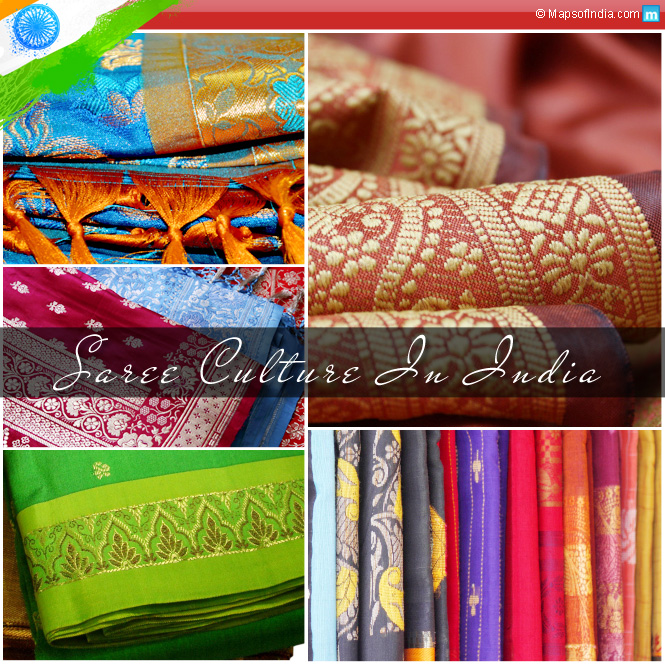Kolam is a colourful tradition developed in South Indian. The kolams are drawn in intricate patterns using rice flour at the doorsteps of their houses; mostly, women of the house draw this. Some people believe that drawing a kolam in front of the house invites prosperity and repels negativity from the house. Drawing a kolam in front of the house has become a daily ritual for many households in Tamil Nadu. We can find many proofs of these art forms in Tamil Nadu’s cultural heritage. The drawing of a Kolam has a blend of geometry, spirituality, and creativity, making it more attractive. Practising this art in front of the house has become a living tradition in many parts of Tamil Nadu. Its patterns drawn in kolam reflect life’s interconnectedness.
Historical Roots of Kolam Art
The beginning of the Kolam art form dates back to ancient Tamil Nadu. The origins of this art can be traced back to the Chola dynasty around 600 BCE. We can find its proof in the Sangam poetry. In these texts, it is mentioned that women adorn homes with rice paste. Kolam evolved from North India’s rangoli. A Britannica entry dates Rangoli to 2500 BCE. To draw Tamil kolam, women use precise lines and loops. Early designs of these paintings were simple dot grids. These designs grew complex over time. The art of Kolam symbolized the ideal Tamil woman’s grace. It’s drawn in front of all the houses during the festival time. Pongal kolams used vibrant powders. Rice flour designs fed ants, signifying abundance. Kolam reflected agrarian life. This art shows the history embodied by the richness of South India’s culture. It remains a cherished tradition.
Cultural and Spiritual Significance
The cultural significance of Kolam is deep in Tamil culture. Women draw it at dawn daily in front of their house. They believe that it attracts goddess Lakshmi. Some believe that these patterns ward off evil spirits. The common belief is that these geometric designs create protective barriers around the house. The art of Kolam reflects patience and devotion. Women believe it connects them with ancestors through patterns. In villages, kolams spark neighbourly bonds. We can see it many times in Hindu rituals. Variations honour deities like Manipur’s Panthoibi. Kolam is considered a spiritual offering. This art form is drawn during pujas and ceremonies. A Janani Rangoli blog says it unites families. This tradition defines South Indian identity. It’s a daily practice that strengthens the community.
Types and Patterns of Kolam
Kolam designs have very different kinds of patterns. In the type of Pulli kolam uses dots are connected by curves. It’s a daily staple. The type of Nelai kolam features straight lines to achieve a simple design. Rangoli kolam adds colours for festivals. During the time of festivals, floral motifs are used in festive designs. The Sikku kolam weaves loops around dots. Drawing this is mathematically complex. It has grids with 100 dots. Padi kolam marks Pongal with rice-filled patterns. During the festival, specials like peacocks are drawn. Swastikas and lotuses symbolize auspiciousness. This drawing has symmetry. Beginners of this art form start with small grids. Experts create intricate masterpieces. To draw an exceptional kolam, it takes hours. Kolam’s variety reflects creativity.
Materials and Tools for Kolam
To draw a Kolam, it needs minimal materials. With the use of Rice flour, you can create white patterns. Some people believe that it feeds ants, symbolizing generosity. The colored powders used for kolan have vegetable dyes in them. The yellow colour has eco-friendly turmeric dyes. Women pinch flour with their fingers and draw. These are precise techniques. Nowadays, some use metal containers with holes to achieve even lines. A Brown History post says these are heirlooms. Wet kolams use rice paste to keep them for a long time. Colored rice is used for festivals. Modern stencils help beginners. Nowadays, plastic moulds are also used, which cost Rs 100. Materials are affordable and natural. Kolam’s simplicity ensures accessibility. It reflects South India’s resourcefulness.
Kolam in Festivals and Celebrations
Festivals amplify the beauty of the kolam’s drawings. Pongal, which happens in January, features grand designs. During that time streets glow for four days. Thai Pongal kolams are made to honour the sun god. During the Mattu Pongal, cow motifs are also drawn. Diwali kolams are made to welcome Lakshmi. Vibrant rangoli is done for Diwali. During Margazhi in December, daily kolams are drawn in front of homes. Women compete during that time creatively to see who draws the best kolam. Navaratri kolams depict goddesses through their paintings. These kolams also have their own devotional role. During the time of weddings, the large kolams at the entrance are drawn. Colored rice is used to show auspiciousness. Daily kolams are simple to draw. At the time of festivals, the complex kolams are drawn. During the time of festivals, some kolams span meters. These events showcase kolam’s artistry. They strengthen cultural ties.
Modern Adaptations and Global Reach
Kolam has changed according to modern lifestyles. With these changes, women in urban areas use chalks for quick designs. Vinyl stickers are used for apartments. Some schools in Tamil Nadu teach kolam in art classes. It preserves heritage. Global interest in this art has surged. Workshops about this art of kolam are conducted worldwide. Using digital apps, users can create virtual kolams. Diaspora communities embrace it. Kolam contests mark the Tamil New Year. Kolam drawing events are taking place around the world. Eco-friendly powder is now replacing synthetic dyes. Rice-based colours are being sold for Rs. 50 per pack in local stores. Artists display kolams in galleries. It’s a cultural export. Kolam blends tradition with innovation.
Challenges and Preservation Efforts
With the changing times, Kolam faces modern challenges. The rapid urbanization has reduced the space for design. 30% of city homes skip drawing kolam in front of houses during festival times. Younger generations are showing less interest in following this art form. Technology distraction is considered one of the reasons. The use of synthetic dyes can be harmful to the environment. A Brown History post says natural dyes are fading. Time constraints are limiting daily practice. Preservation efforts are strong, but results are not fulfilling. In some places, the government conducts these workshops for the younger generation. Many NGOs train the younger generation in rural Tamil Nadu. Many rural schools host contests. UNESCO recognized the kolam as an intangible heritage in 2020. Online tutorials teach globally. These efforts keep the kolam vibrant. They ensure its legacy endures.





